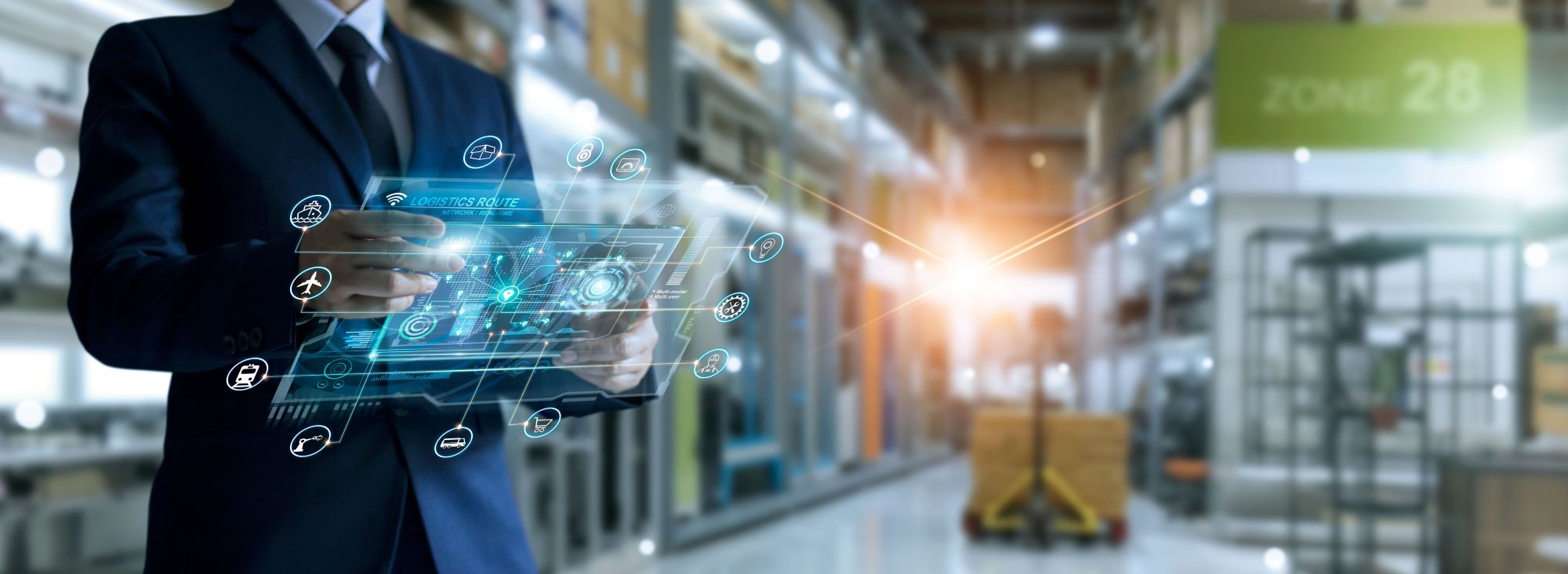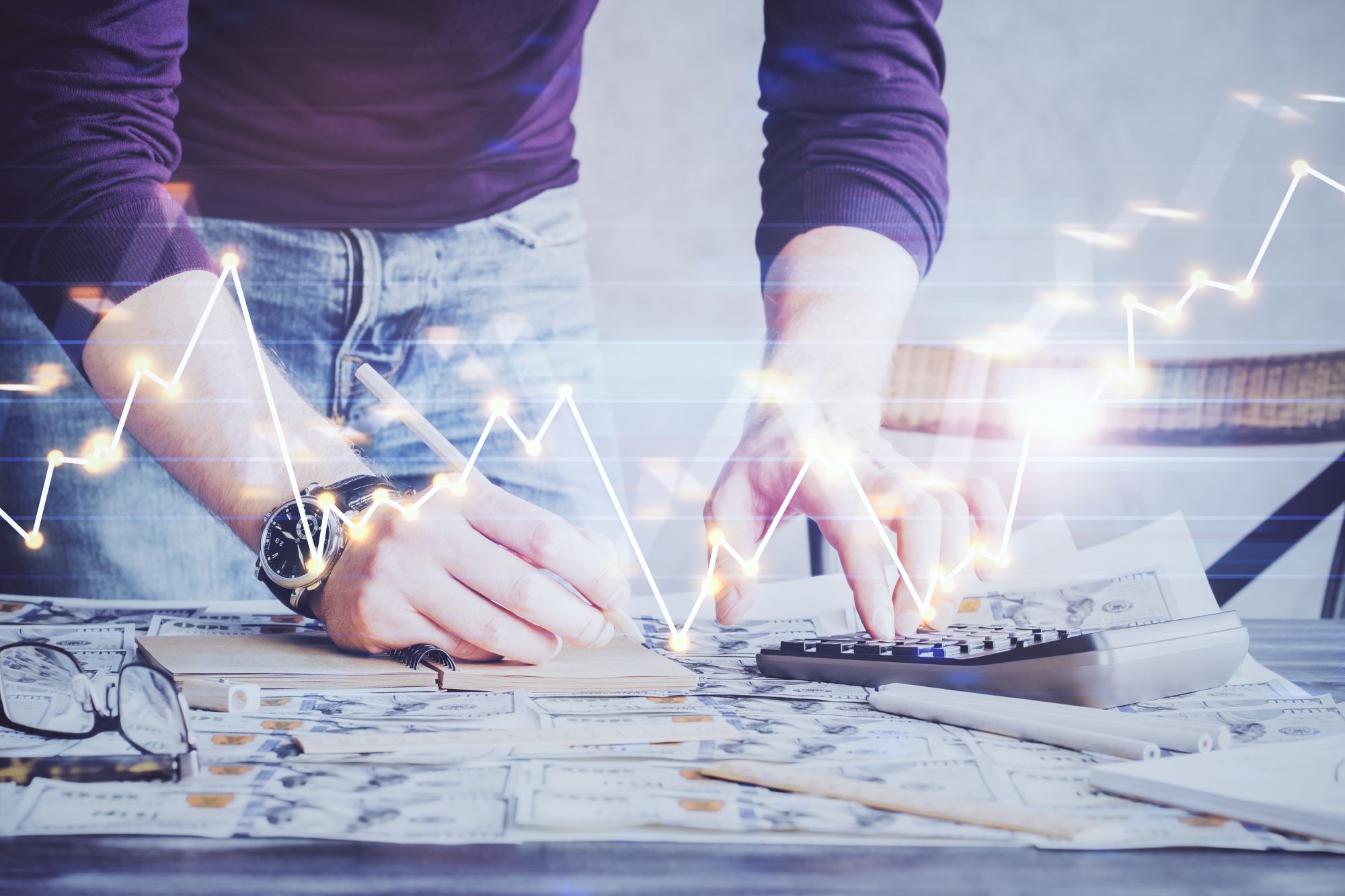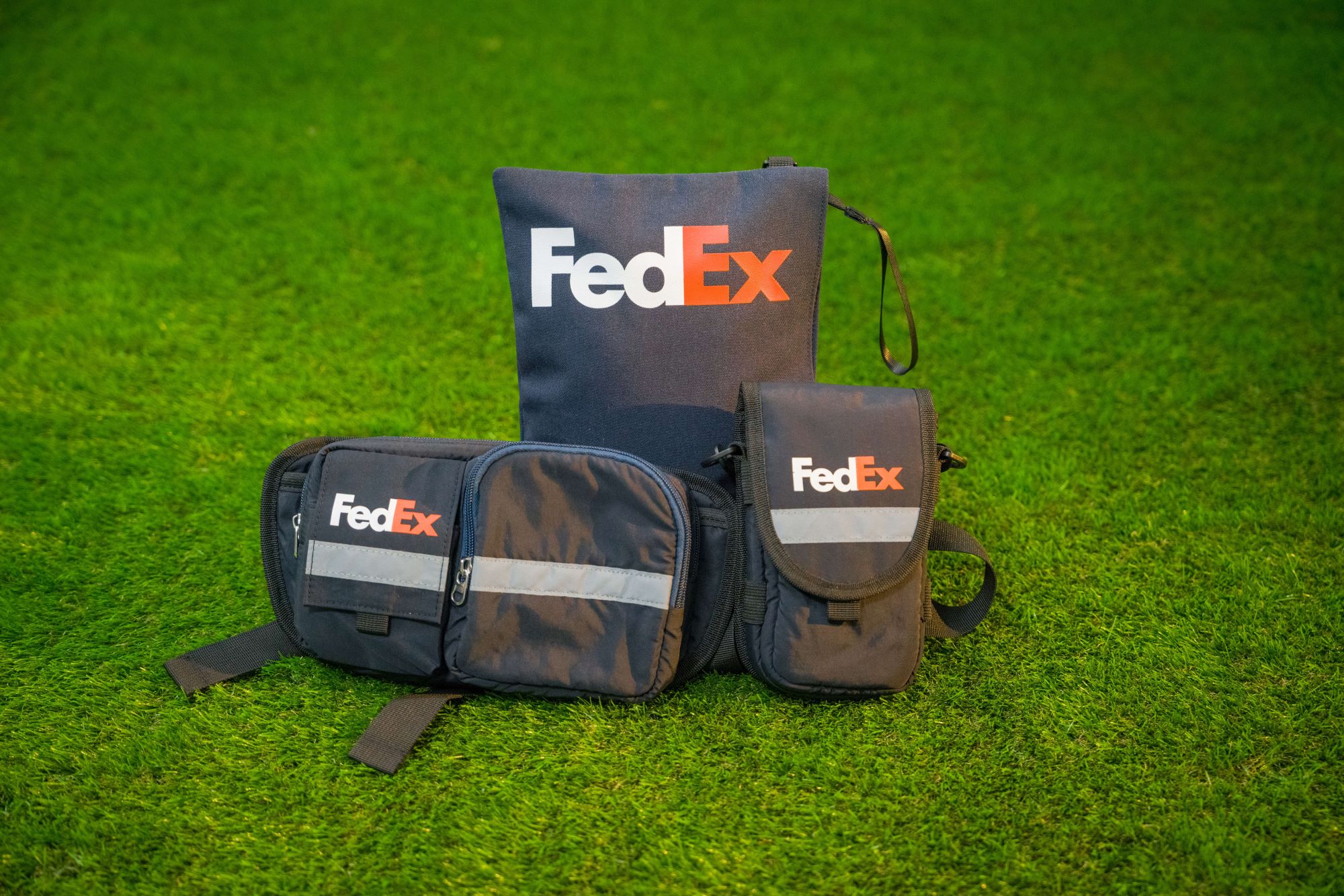4 Steps To Building A Sustainable Supply Chain
To create business advantage and build a greener future, SMEs and businesses are identifying ways to make their supply chain networks more sustainable.
- When it comes to supply chains, businesses of all sizes are prioritizing sustainability.
- From suppliers to transportation and manufacturing, many areas can be made greener and more efficient.
- To build a more responsible, future-ready supply chain, make sure to set long-term goals, identify current pain points, stay ahead of the curve with industry trends, and work with sustainable suppliers.
The clock is ticking on climate change. As global awareness of environmental issues grows, many countries are taking action to address challenges.
In China, the State Council has released a plan to accelerate a low carbon circular economic structure. There’s also a joint release by three ministries on increasing the supply chain management of manufacturing companies.
In China, the State Council has released a plan to accelerate a low carbon circular economic structure. There’s also a joint release by three ministries on increasing the supply chain management of manufacturing companies.
Today’s stakeholders expect companies to demonstrate their commitment to sustainable practices. This means that supply chain sustainability has become a competitive differentiator and an urgent business imperative. In response, companies in the FMCG, textile, food and beverage industries have already started transforming their supply chains.
Thinking about how to build a more sustainable supply chain for your business? There are four key steps to consider:
Thinking about how to build a more sustainable supply chain for your business? There are four key steps to consider:
Step 1: Set long-term sustainability goals
To work toward a sustainable future, you need a clear vision of what that future looks like. Set meaningful, achievable long-term goals aligned with global frameworks, such as the United Nations Sustainable Development Goals (SDGs) and the Greenhouse Gas Protocol.
The first thing is to understand that the nature of your business and type of company will necessitate different goals. For example, SMEs in the food industry will consider biodiversity, water consumption, and animal welfare at one end of the supply chain, and packaging, transportation, and product safety at the other.

Players in the logistics industry are focusing on vehicle electrification, green facilities, sustainable fuels, fuel conservation and aircraft modernization to achieve their carbon neutralization goals.
It’s essential to establish ways to quantify and measure your impact. Carbon emission reduction and neutrality, environmentally responsible sourcing, energy saving, waste minimization and recycling can all be tracked. By monitoring performance and progress over time, you can identify gaps, and take action.
It’s essential to establish ways to quantify and measure your impact. Carbon emission reduction and neutrality, environmentally responsible sourcing, energy saving, waste minimization and recycling can all be tracked. By monitoring performance and progress over time, you can identify gaps, and take action.
Step 2: Identify current pain points
Have you ever heard the saying, a chain is only as strong as its weakest link? Strengthen each link in your supply chain, including energy consumption, delivery methods, packaging and more. To do this, you’ll need a meticulous assessment of business operations.
From mapping the flow of goods from manufacturer to consumer to tracking how resources are deployed at each stage, you can identify specific areas for improvement.

Software mapping tools allow businesses to:
The FedEx Sustainability Insights tool enables companies to optimize future shipping strategies by providing visibility into historical shipping emissions data at package and account levels.
- Track one or several links of a product’s lifecycle, from raw materials to the finished product
- Capture sustainability data and share it with supply chain partners and customers
- Evaluate risks and conduct emission audits
The FedEx Sustainability Insights tool enables companies to optimize future shipping strategies by providing visibility into historical shipping emissions data at package and account levels.
Step 3: Integrate megatrends into daily operations
Understanding megatrends helps businesses navigate the ever-changing market landscape, and seize opportunities for growth. This also applies to achieving sustainability in the supply chain.
Check out some key trends that can help organizations stay ahead of the curve:
- Clean energy: Worldwide investment in clean energy has grown by 40%. For example, solar photovoltaics is an impactful way to power green supply chain operations, and more than $1 billion a day is being spent on its deployment. Warehouses are switching to solar, wind and biomass power to decrease their carbon footprint.
- Eco-digital technology: The size and complexity of global supply chains necessitate the deployment of eco-digital tech to improve management and increase efficiency. Take the Internet of Things (IoT) as an example. In the logistics sector, IoT is optimizing routes for logistics companies and port operators, resulting in fuel savings and emission reduction. And AI-powered facilities and tools are creating more efficient, energy-saving supply chains by enabling automation.
- Circular economy: Reducing, reusing, and recycling waste has the potential to reduce municipal solid waste from more than 4.5 billion tons a year to less than 2 billion. FMCG companies are taking steps to make their supply chains more sustainable at the source, manufacturing some products with recycled materials.
Consumer goods manufacturers are switching to sustainable packaging alternatives made from peanuts, seaweed, ecological textiles, cornstarch, mushrooms, recycled plastics and more. At FedEx, we’ve upcycled old courier uniforms into sustainable textile products including caps, crossbody bags and fanny packs.

Step 4: Collaborate with sustainable suppliers
Establishing a sustainable supply chain isn’t a one-time activity. Increasing economic globalization is driving both large companies and SMEs to diversify sources of raw materials and services, making it difficult to manage and ensure sustainability throughout their supply chains.
Business leaders should work with reliable suppliers who share their vision for sustainability, and can provide products and services that have a positive impact.
Propelled by our ambitious 2040 carbon neutral target, FedEx has made progress in both emission reduction and sustainable packaging. We have reduced carbon dioxide equivalent emissions intensity on a revenue basis by 48% between FY09 and FY23, while volume grew by 121%, as stated in our 2024 ESG Report. Our branded packaging is also 100% recyclable with 40% made from recycled content. As a proactive supply chain provider, we plan to collaborate with businesses to contribute to a more sustainable economy and greener world.
***

















 The Latest
The Latest